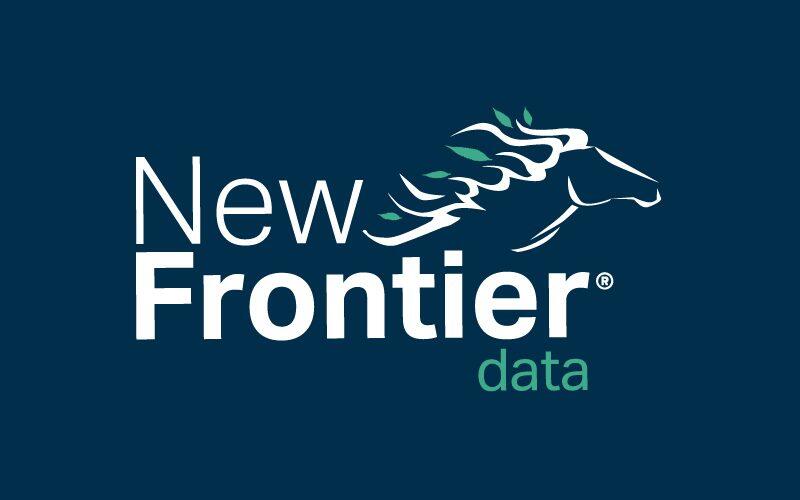Something to Declare: Legalized Cannabis Leads to Fewer Border Interceptions

CBD Impact on Healthcare
April 1, 2018
Acquisition-Side Due Diligence in The Legal Cannabis Industry: Approach and Expectations for Both Sides
April 8, 2018By J.J. McCoy, Senior Managing Editor for New Frontier Data
Nationally, reported interceptions of cannabis by the U.S. Customs and Border Protection have been falling dramatically throughout recent years, from 2.53 million pounds in 2011, to 861,231 pounds in 2017 — a 66% decrease.
That dramatic decline mirrors the increase in domestic cannabis production as more U.S. states have legalized cannabis both for medical programs (29 states and the District of Columbia) and in adult-use markets (ninestates and D.C.).
Though drawing conclusions is necessarily somewhat speculative, given incomplete accounting of all successful clandestine smuggling efforts, there are some reliable knowns:
- Customers have embraced legal retail channels in the markets where they are available.
- Customers appreciate quality, with an emphasis on both potency and safety (lack of pesticides, etc.)
- Customers crave information (about strains, potency, effects, etc.)
Domestically produced cannabis, especially among products in legal markets, is generally of higher quality, includes information such as the strain name and its test results, and conforms to quality standards as mandated by state licensing. Such attributes, coupled with a consumer’s ability to make their purchases through legal channels, have significantly eroded demand for lesser-quality cannabis from south of the border.
The trend has been consistent year over year. A 2015 Time magazine article noted the 24% drop in U.S. Border Patrol seizures from 2011 to 2014, and recognized even a greater decline reported by the Mexican army, whose confiscations of 664 tons of cannabis in 2014 marked a 32% drop from just the previous year.
“This fall appears to have little to do with law enforcement,” the article detailed, “and all to do with the wave of U.S. marijuana legalization. The votes by Colorado and Washington State to legalize marijuana in 2012, followed by Alaska, Oregon and D.C. [in 2014] have created a budding industry. U.S. growers produce gourmet products with exotic names… American dispensaries even label their drugs, showing how strong they are, measured in THC (tetrahydrocannabinol, the main psychoactive ingredient), and grade their mix [of sativa and indica].”
The year-over-year pattern has persisted since 2011, with the lone exception of 2013 — which subsequently introduced a consistent trend of double-digit decreases: by 20.9% in 2014, 20.0% in 2015, 15.9% in 2016, and a remarkable 33.5% in 2017.
While the Southwest Border sectors (along Mexico) yield exponentially more of the interceptions (99.61%) than do the Coastal Borders sector (specifically Miami, New Orleans, and Ramey, Puerto Rico, with 0.26%), or the Northern Borders sector (along Canada, with 0.12%), it is also currently unknown what proportion the intercepted cannabis accounts for the total amounts being smuggled in through each border region..
Last week, a Canadian man admitted in a Syracuse, N.Y., courtroom to organizing a smuggling operation which transported thousands of pounds of cannabis into the U.S. from across the St. Lawrence River. That investigation and prosecution required shared efforts by a host of agencies including the DEA, Homeland Security Investigations, U.S. Border Patrol, New York State Police, St. Regis Mohawk Tribal Police Department, and the district attorneys of Franklin and Clinton counties.
At a time of increased focus on enhancing border security, especially at the southern U.S. border, legal cannabis appears to be successfully eroding demand for non-domestically produced cannabis.

J.J. McCoy
J.J. McCoy is Senior Managing Editor for New Frontier Data. A former staff writer for The Washington Post, he is a career journalist having covered emerging technologies among industries including aviation, satellites, transportation, law enforcement, the Smart Grid and professional sports. He has reported from the White House, the U.S. Senate, three continents and counting.




